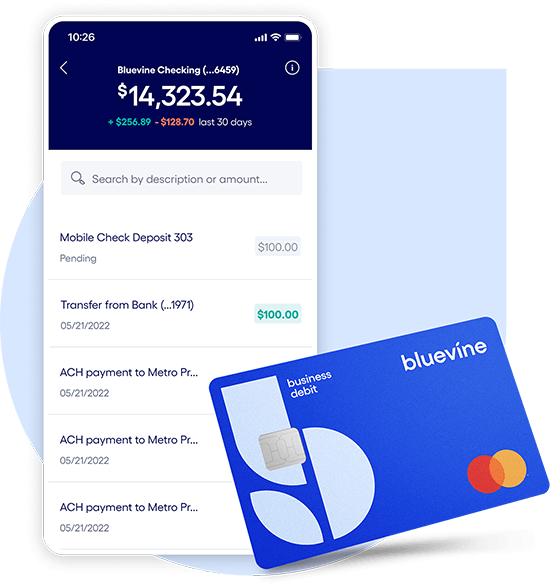When it comes to maintaining a healthy cash flow, there are several ways to avoid getting stuck in a rut. Unfortunately, that’s not to say that taking a proactive approach and actively avoiding common cash flow mistakes will always be enough. For any business—big or small—there are always a handful of factors that are out of a business owner’s control. Things like seasonal slowdowns, website bugs (or total platform outages), and economic climate can all have an impact on how well your business performs at any given time.
All of that said, while you may not always be able to control every factor that can influence your business performance, you can minimize the impact of curveballs by diversifying your revenue streams. Tapping into your unique capabilities and creativity can help you avoid putting all your revenue eggs in one basket, which ultimately makes your business stronger all around. This is because when one channel or component of your business model takes a hit, you can have others in place to pick up the slack and keep your cash flow moving along.
Read on for three ideas on how to increase business revenue by diversifying revenue streams.
Double down on content.
Unless you run a blog, publish a newsletter, or have your own budding content studio, chances are that you likely didn’t enter the small business game with the intention of becoming a media platform. But here’s the thing: content can be helpful for any industry. Whether you run a construction business, own a small accounting firm, or operate a brick-and-mortar café, there is always a way to create content around your business vertical. For example, a construction company might create a blog showcasing completed projects or highlighting tips and best practices. Meanwhile, an accounting firm could send a weekly email newsletter featuring accounting tips and financial advice for readers. And the café? They could create a YouTube series featuring recipe tutorials.
By building a robust content arm around your business, not only do you provide additional value to your customer base, but you also create the opportunity for paid media and partnerships through content monetization. That is, as people begin consuming your content at a high rate, other businesses or brands might be interested in advertising with you (e.g., a banner ad on your blog, a product plug in your recipe tutorial, etc.) or partnering on a paid campaign.
Share your tips and knowledge.
When you decided to start your own business, you were likely driven by the fact that you have a unique ability, interest, or skill that could be used to serve others. Perhaps you create your own handmade products, such as ceramics, jewelry, or furniture. Or maybe you deliver a service such as financial advice, marketing, graphic design, or engineering. Whatever type of business you’re in, you have expertise in an area that others may not necessarily have. That’s what makes your business valuable to customers.
But another way to use your expertise, beyond simply delivering a product or service, is actually teaching people how to do what you do. For example, if you’re a ceramist, you could create your own pottery tutorials or host an online or in-person class. If you’re a graphic designer, you could do the same, but with programs like Adobe Illustrator or Procreate. These educational resources could be sold as their own separate product that offers unique value to your customers. This can be an effective way to gain business from people who might not be willing to invest in your actual products or services at this time, but who are interested in learning how to do some of the work themselves. Not to mention, this can be a great way to acquire totally new customers by attracting curious individuals on new channels—e.g. Instagram, TikTok, YouTube—and introducing them to your business.
Expand your product offering.
Sometimes business slows down for no reason other than the fact that you’ve exhausted your customer base. For example, if you launch a business built on a single product, you may see a good deal of traction in the beginning as people become acquainted with your business and decide to buy that one product. Good stuff, right? Here’s the catch: when you have a limited product offering, you limit your business’s ability to scale and generate revenue because you’re not giving customers variety. This means that not only do you miss out on customers who may not want your core product but could have been interested in an adjacent one, but you also risk losing repeat business from customers who already chose to purchase from you in the past.
Expanding your product offering by doubling down on your business’s core competencies not only helps you retain and acquire customers, but also helps you feel safe in knowing that you have multiple products or services contributing to your revenue. This means that if something goes wrong with one of those streams—e.g., production delays or unanticipated stockouts—you can still lean on your other offerings to ensure that cash flow doesn’t take a serious hit.
Small business checking, built for your needs
Unlimited transactions, live support, high interest rates, and no monthly fees. Open a Bluevine Business Checking account online today.
Learn more
